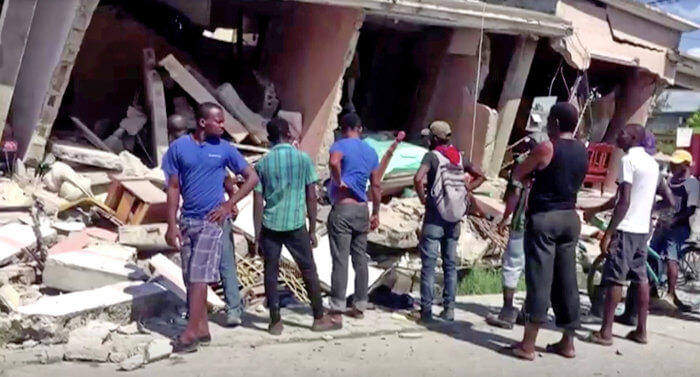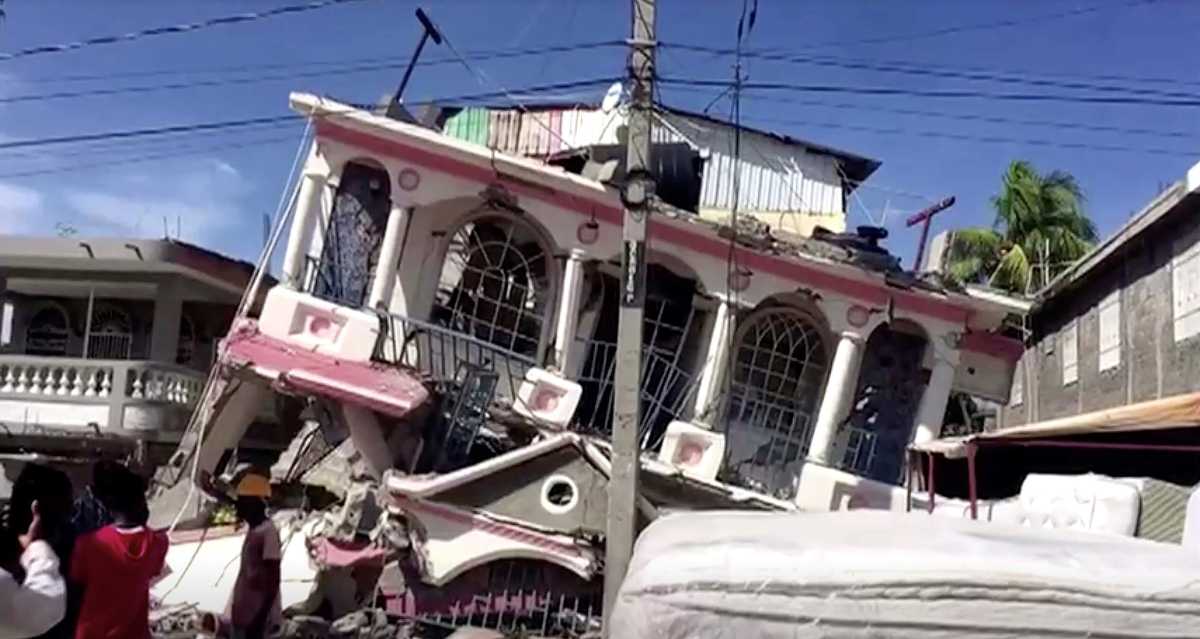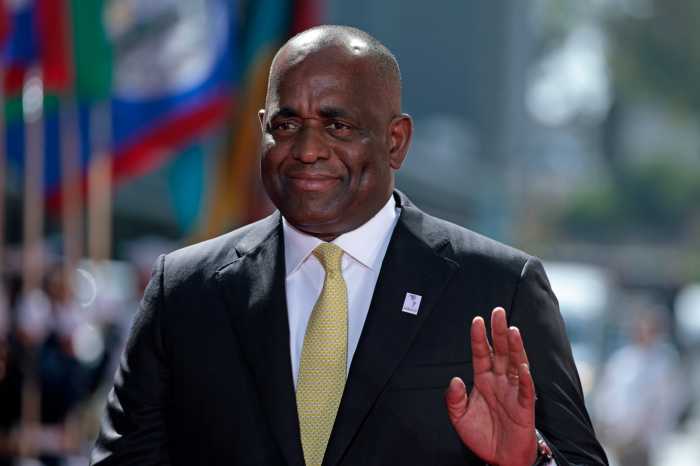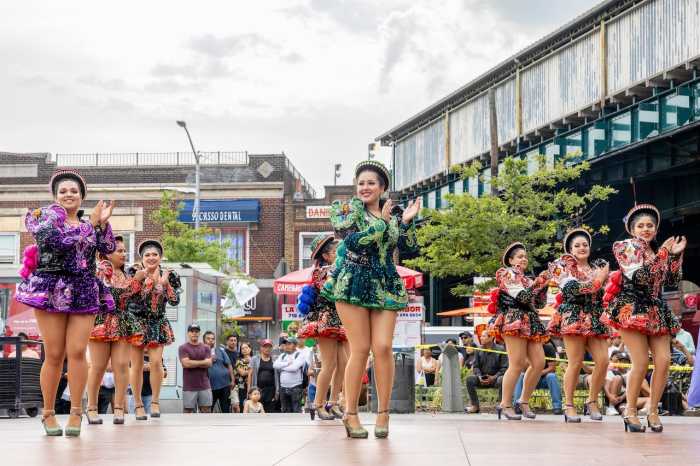PORT-AU-PRINCE/HAVANA (Reuters) – At least 227 people died and hundreds were injured or missing after a major earthquake struck southwestern Haiti on Saturday, authorities said, reducing churches, hotels and homes to rubble in the latest tragedy to hit the impoverished Caribbean nation.
The 7.2-magnitude quake, which was followed by a series of aftershocks, struck 8 km (5 miles) from the town of Petit Trou de Nippes, about 150 km west of the capital Port-au-Prince, at a depth of 10 km, the United States Geological Survey said.
That made the temblor which was felt as far away as Cuba and Jamaica potentially bigger and shallower than the magnitude 7 earthquake 11 years ago that killed tens of thousands in the poorest nation in the Americas.
This one – which occurred around 8:30 a.m. local time – hit farther away from the capital, however. In Port-au-Prince, it was strongly felt but did not appear to have caused major damage, according to Reuters witnesses.
Still, Haiti‘s Civil Protection service said the preliminary death toll already stood at 227 and Prime Minister Ariel Henry declared a month-long state of emergency.
The nearest big town was Les Cayes, where many buildings collapsed or suffered major damage, according to authorities, who said they were searching for survivors.
“I saw bodies being pulled out of the rubble, injured and perhaps dead people,” said Les Cayes resident Jean Marie Simon, 38, who was at the market when the earthquake struck and ran home to see if his family was safe. “I heard cries of pain everywhere I passed through.”
His wife and 2-year-old child had been bathing and rushed out to the street, naked, just before the front of the house crumbled. Simon gave his wife his shirt and they took refuge in the courtyard of a church with other locals. His mother’s house had also collapsed.
“There are a lot of aftershocks and every time there’s one, people run and shout,” he said. “My legs are still trembling.”

In Les Cayes, locals said water had briefly flooded the coastal town of 126,000, causing panic amid fear of a tsunami, but then appeared to retreat. Haitian media outlets reported some people along the coast had already fled to the mountains.
The U.S. Tsunami Warning System issued a tsunami warning after the quake, lifting it shortly thereafter.
U.S. President Joe Biden authorized an immediate U.S. response to the earthquake and named Samantha Power, administrator of the U.S. Agency for International Development, coordinator of the effort.
‘NEVER A BREAK’
The earthquake comes just over a month after the assassination of President Jovenel Moise https://www.reuters.com/world/americas/haiti-one-month-without-assassinated-president-jovenel-moise-2021-08-06, who had been ruling by decree, which deepened the country’s political turmoil.
Meanwhile, swaths of Haiti are facing growing hunger and healthcare services are overwhelmed by COVID-19. Access by road to the southern region, where the quake struck, has been restricted by gang control of key areas, raising questions over how aid will be delivered
That region had only recently recovered from Hurricane Matthew, which struck in 2016, killing hundreds and causing widespread devastation. Haiti is now in the probable track of Tropical Storm Grace which could bring heavy rains early next week.
“This country just never finds a break! Each year of mismanagement did not hurt but the cumulative effects made us vulnerable to everything,” said Haitian entrepreneur Marc Alain Boucicault on Twitter.
“Its going to take years to fix things and we have not even started!”
In Port-au-Prince, residents traumatized by the 2010 quake rushed, screaming, into the streets and stayed there as the aftershocks rumbled on.
“In my neighborhood, I heard people screaming. They were flying outside,” said resident Sephora Pierre Louis. “At least they know to go outside. In 2010, they didn’t know what to do. People are still outside in the street.”
The quake sent shock waves as far as Cuba and Jamaica although there were no reports of material damage, deaths or injuries there.
“Everyone is really afraid. It’s been years since such a big earthquake,” said Daniel Ross, a resident in the eastern Cuban city of Guantanamo.
He said his home stood firm but the furniture shook.
“I feel it, man. It wake me up. My roof kind of make some noise,” said Danny Bailey, 49, in Kingston.
The European-Mediterranean Seismological Centre (EMSC) also reported a quake in the region, saying it was magnitude 7.6, while Cuba’s seismological centre said it registered a magnitude of 7.4.
(Reporting by Andre Paultre in Port-au-Prince, Sarah Marsh and Nelson Acosta in Havana, Kate Chappell in Kingston and Aakriti Bhalla in Bengaluru and Frances Kerry in London; Editing by Daniel Flynn and Matthew Lewis)


























